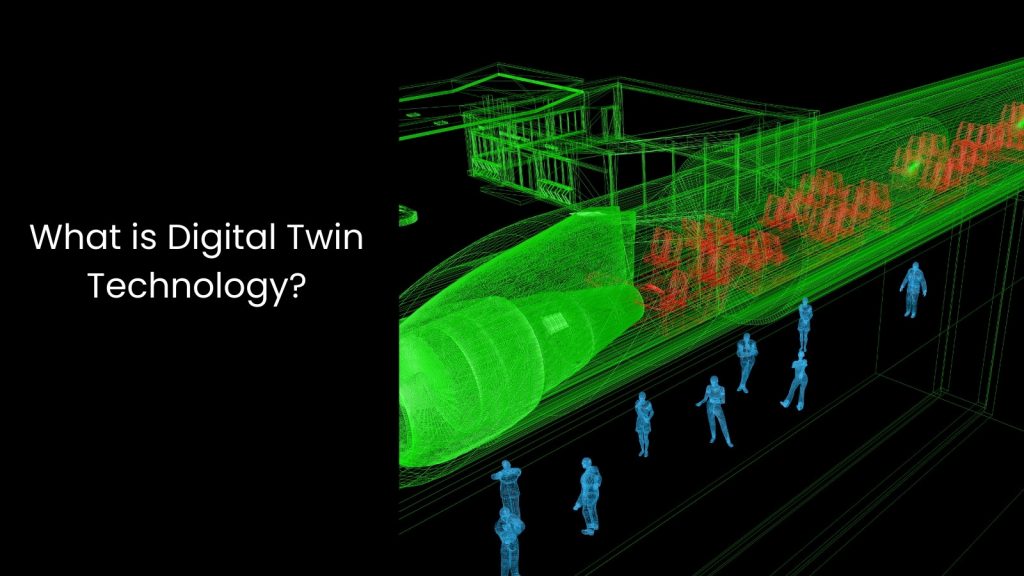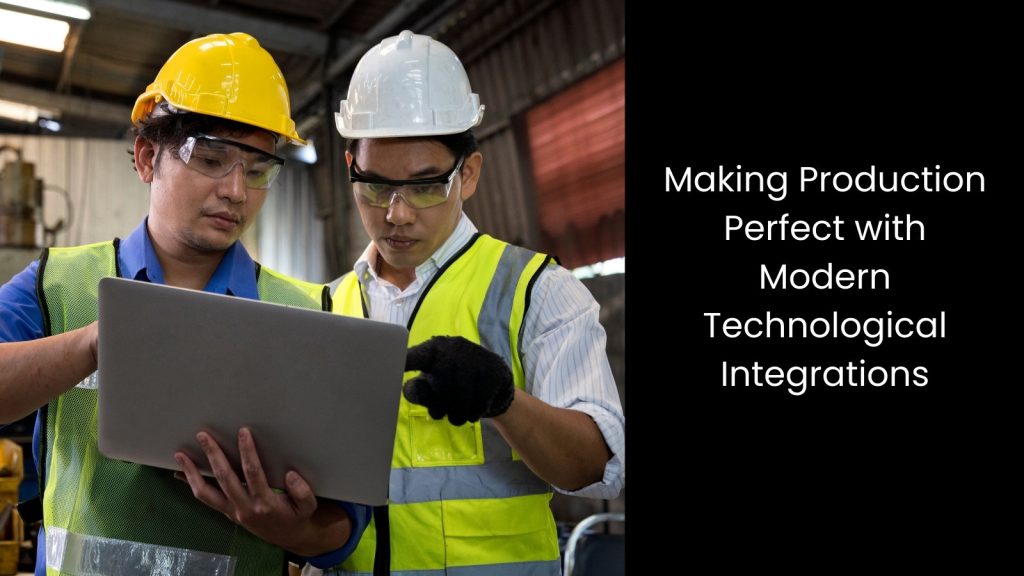This article explores how Digital Twin is reshaping the manufacturing landscape with its transformative powers.
We will understand
1.What is Digital Twin Technology?
2.How the Digital Twin Encourages Smart Product Development in Manufacturing
- Real-time Data Integration
- Enhancing Prototyping and Testing
- Predictive Maintenance and Quality Control
- Lifecycle Management and Collaborative Development
3.Cerexio-Powered Digital Twin Technology for Smart Production
4.Making Production Perfect with Modern Technological Integrations
What is Digital Twin Technology?

- Applied to manufacturing since 2002, Digital Twin technology creates a virtual model or replica of a physical object, process, or system.
- This technology allows manufacturers, engineers, and other professionals to see how a product will behave in the real world without needing to build it first.
- This technology gives Digital Twin the power to collect data from sensors, cameras, and other monitoring tools attached to the physical object. This data includes information about the object’s temperature, pressure, vibration, and other conditions.
- The Digital Twin then processes this data in real time, allowing people to simulate and test different scenarios.
- As you can see, in the world of smart manufacturing, Digital Twin has come under the limelight as the most wanted technology. It certainly bridges the gap between the digital and physical worlds, making manufacturing smarter, more efficient, and more responsive to changing conditions and customer demands.
How the Digital Twin Encourages Smart Product Development in Manufacturing

Real-time Data Integration
It is not a secret that the latter technology integrates real-time data from sensors embedded in physical products. This data provides insights into how the product performs in various conditions. This is where the manufacturers can use this information to make informed decisions during the design phase, ensuring that the final product meets performance and reliability standards.
Also, the ability to access real-time data allows engineers and designers to monitor every aspect of a product’s behaviour under different scenarios, such as temperature changes, pressure variations, and mechanical stress, as we mentioned in the above sections.
Therefore, it is one whole and continuous flow of information that helps identify potential issues early in the development process. It also reduces the risk of costly errors later on. With real-time data integration, manufacturers can simulate how the product will react to various conditions before it is even built. This power allows for adjustments that optimise performance and durability.
Apart from that, the insights gained from this data help in optimising production processes, reducing waste, and improving overall efficiency. As this can constantly feed real-time data into the Digital Twin, manufacturers ensure that the final product aligns with design expectations and operates at peak performance in real-world conditions.
Enhancing Prototyping and Testing
Why would you waste this much money when you can easily simulate real-world conditions through Digital Twin? This way, manufacturers can identify potential flaws and optimise designs before actual production. This will lead to faster and more cost-effective product development.
With Digital Twin technology, manufacturers can test various design iterations and operational scenarios without the time, cost, and material waste associated with building multiple physical prototypes. This capability accelerates the development process by allowing designers and engineers to quickly identify and address issues such as structural weaknesses, performance inefficiencies, or safety concerns. The virtual testing environment provided by Digital Twins also helps manufacturers explore the effects of extreme conditions, such as high temperatures, heavy loads, or rapid wear and tear, on the product’s performance.
This comprehensive analysis ensures that the final design is robust and reliable, meeting all necessary safety and quality standards according to the Singaporean landscape.
Predictive Maintenance and Quality Control
This predictive capability allows for proactive maintenance and quality control measures, and obviously, it minimises downtime and ensures the final product is of the highest quality. The continuous data flow from the Digital Twin provides manufacturers with real-time insights into a product’s condition, performance, and potential weaknesses.
This information is what makes the manufacturers anticipate issues before they become critical. This strength will enable timely repairs or adjustments that prevent unexpected failures. As a joint capability, predictive maintenance reduces the likelihood of costly downtime, as manufacturers can schedule maintenance activities during planned shutdowns rather than reacting to sudden breakdowns.
This not only keeps production lines running smoothly but also extends the lifespan of equipment and products by addressing issues early on. What is more, the quality control benefits of Digital Twin technology are immense. As this can monitor every aspect of the product’s performance through the Digital Twin, manufacturers can ensure that each unit meets strict quality standards before it leaves the factory.
This continuous quality assurance process helps to catch defects early, reducing the risk of defective products reaching customers and damaging the brand’s reputation. In the Singaporean market, where consumers demand high-quality products and reliability, the ability to maintain consistent quality is a certain plus point. Do you agree?
Lifecycle Management and Collaborative Development
Everything starts when Digital Twin provides a comprehensive view of a product’s entire lifecycle, from design and production to operation and eventual disposal. This technology allows manufacturers to monitor and manage every phase of the product’s life in real time, ensuring that each stage is optimised for efficiency, sustainability, and performance.
Since it gives manufacturers the power to simulate the product’s lifecycle, they can identify potential issues before they arise and make informed decisions that extend the product’s lifespan, reduce waste, and lower costs. This approach contrasts with traditional methods, where issues often surface late in the process, leading to expensive corrections and delays. As you can see, the ability to manage a product’s lifecycle smartly ensures that manufacturers deliver high-quality, reliable products that meet customer expectations and regulatory requirements.
Moving ahead from this, Digital Twin technology also enhances collaborative development as it allows different teams within a manufacturing realm to work together more effectively. Designers, engineers, production managers, and quality control teams can all access the same Digital Twin model. This will help them to collaborate in real time, share insights, and make adjustments simultaneously. With Digital Twin, there will be no departmental separations any longer!
Cerexio-Powered Digital Twin Technology for Smart Production

If you seek modern ways to experience smart production in manufacturing, Cerexio Powered Digital Twin Technology makes your transformation easy. Our cutting-edge software solution embeds advanced digital twin capabilities, allowing you to create virtual replicas of your production processes. Since they integrate real-time data, Cerexio solutions provide unparalleled insights into every aspect of your operations, enabling predictive maintenance, enhanced quality control, and efficient lifecycle management.
Making Production Perfect with Modern Technological Integrations

It goes without saying that these modern technological integrations, especially Digital Twin technology, are key to perfecting production in today’s manufacturing landscape. It is indeed a wise movement to adopt these technologies or software suits that have embedded capabilities like them from a reputed supplier for the best outcome.

